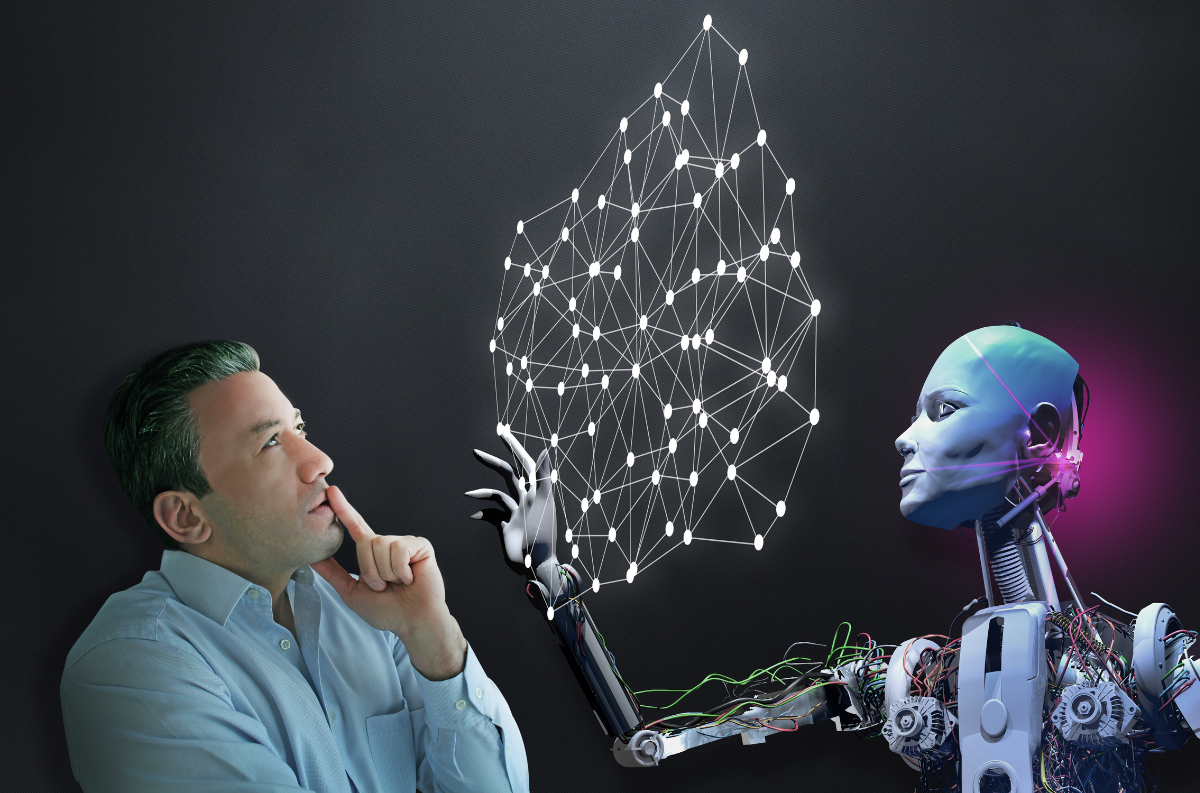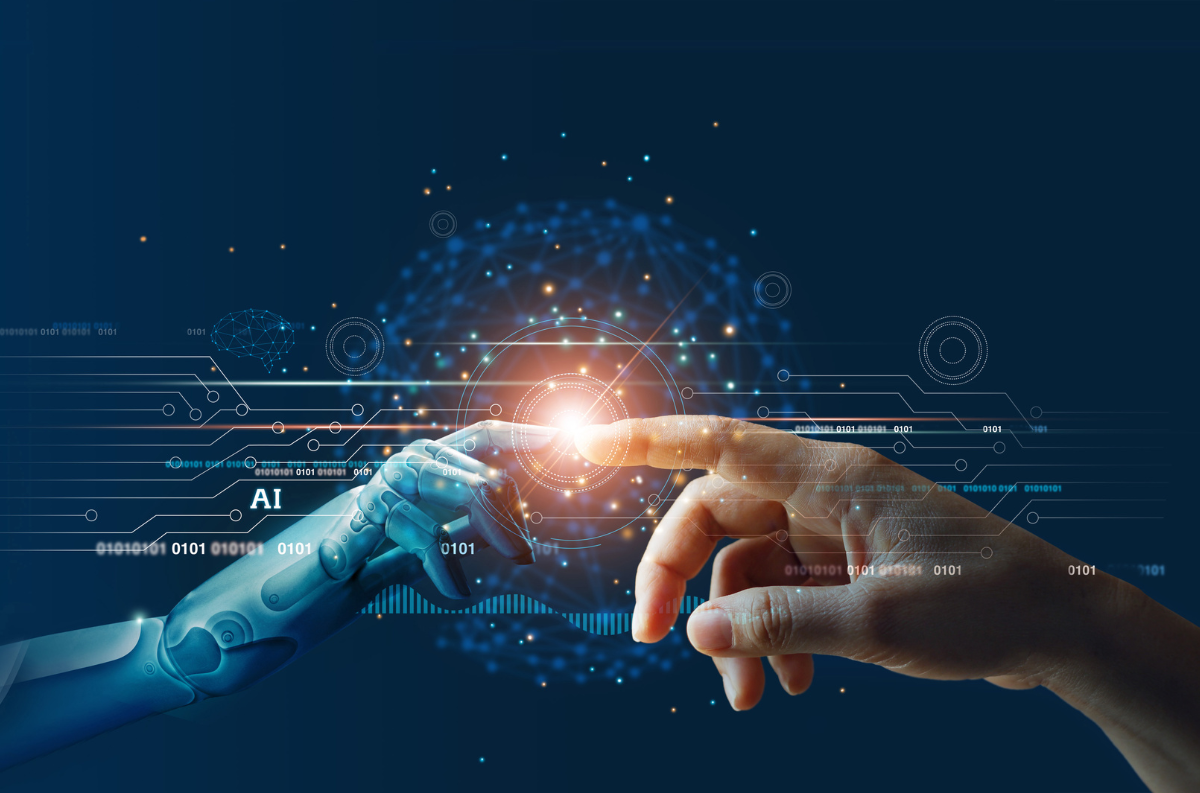Artificial intelligence (AI) is transforming the lending industry, with many lenders using AI-powered algorithms to make lending decisions. But what does this mean for human loan originators? Will they be replaced by machines? In this post, we explore the future of lending and the role of AI in the lending process.
Table of Contents
What is AI and how is it being used in lending?

AI, or artificial intelligence, refers to the ability of machines to perform tasks that would normally require human intelligence, such as learning, problem-solving, and decision-making. In lending, AI is being used to analyze vast amounts of data and make lending decisions based on that data. This includes analyzing credit scores, income, employment history, and other factors to determine a borrower’s creditworthiness. AI algorithms can also be used to detect fraud and predict loan defaults, helping lenders make more informed lending decisions.
The use of AI in lending has the potential to revolutionize the lending industry by improving efficiency, reducing costs, and increasing access to credit. For example, AI-powered lending platforms can provide faster loan approvals and disbursements, reducing the time and effort required for borrowers to access credit. Additionally, AI algorithms can help to identify creditworthy borrowers who may have been overlooked by traditional lending models, such as those with limited credit histories or unconventional sources of income. This can help to expand access to credit and reduce the incidence of discriminatory lending practices. However, there are also potential risks associated with the use of AI in lending, such as the potential for algorithmic bias or errors in the data used to train AI models. As AI continues to play an increasingly important role in the lending industry, it will be important for lenders to be transparent about their AI models and to ensure that they are fair, accurate, and unbiased.
The benefits of AI in loan origination

AI has many benefits in loan origination, including increased speed and accuracy in analyzing data, reducing the risk of human error, and improving the overall efficiency of the lending process. AI algorithms can also identify patterns and trends in data that human originators may miss, leading to more accurate lending decisions. However, it’s important to note that AI should not completely replace human loan originators, as they bring a level of empathy and understanding to the lending process that machines cannot replicate. Instead, AI should be used as a tool to assist human originators and underwriters in making more informed lending decisions.
In addition to origination and underwriting, AI can also be used in other areas of the lending process, such as loan servicing and collections. AI-powered chatbots can provide 24/7 customer service, answering common borrower questions and providing support throughout the loan repayment process. This can help to improve the borrower experience and reduce the workload for human customer service representatives. AI can also be used to identify borrowers who are at risk of default and to provide early intervention to prevent default. This can include personalized repayment plans or other interventions designed to help borrowers stay current on their loans. Overall, the use of AI in lending has the potential to improve the borrower experience, reduce costs, and increase access to credit, making it an exciting development in the lending industry.
In addition to the environmental benefits of sustainable real estate development, there are also potential financial benefits for investors and developers. For example, sustainable buildings may be more energy-efficient, which can result in lower operating costs and higher long-term profitability. Additionally, sustainable buildings may be more resilient to natural disasters and other disruptions, which can help to reduce risk for investors and lenders. As a result, we can expect to see a growing interest in sustainable real estate projects from both investors and lenders, as well as an increasing focus on sustainability in the due diligence process for real estate lending. This trend towards sustainability is likely to continue to gain momentum as more investors and lenders recognize the potential financial benefits of green building practices, and as the public becomes more aware of the importance of sustainability and environmental responsibility.
The role of human loan originators in the future of lending

While AI is revolutionizing the lending industry, it’s important to remember that human originators still play a crucial role in the lending process. Humans have an understanding that machines cannot replicate such as personal relationships and unique circumstances. In the future, it’s likely that AI will continue to assist human originators and underwriters in making more informed lending decisions, but it’s unlikely that they will completely replace them.
Moreover, human loan originators also ensure that ethical considerations are taken into account during the lending process. They can identify potential cases of discrimination, understand the local context and cultural nuances, and use their discretion to make lending decisions that align with the lender’s values and principles. Additionally, human underwriters can use their expertise and judgment to assess the quality of the data being used to train AI algorithms and ensure that the algorithms are not biased or inaccurate. Therefore, while AI is undoubtedly transforming the lending industry, it’s important to recognize that human originators and underwriters still bring essential skills and value to the lending process, ensuring that ethical considerations are taken into account and that borrowers are treated fairly and with respect.
However, the adoption of sustainable real estate development is not without its challenges. One of the primary challenges is the higher upfront costs associated with implementing sustainable building practices and technologies. For example, solar panels, energy-efficient HVAC systems, and other green building features can be more expensive to install than traditional systems. Additionally, there may be a lack of standardization in sustainability certifications and building codes, which can lead to confusion and additional costs for developers. Another challenge is the potential for greenwashing, where developers may claim to prioritize sustainability without actually implementing meaningful green building practices. To address these challenges, there is a need for increased collaboration between developers, investors, lenders, and policymakers to establish clear standards and incentives for sustainable real estate development. With the right policies and incentives in place, the private real estate lending industry has the potential to play a key role in driving the transition to a more sustainable and environmentally responsible future.
How loan originators can work together with AI to improve the lending process

The future of lending is not about replacing humans with AI, but rather about finding ways for the two to work together to improve the lending process. AI can help lenders make more informed decisions by analyzing vast amounts of data and identifying patterns that may not be immediately apparent to humans. Human originators and underwriters, on the other hand, can bring a level of empathy and understanding to the lending process that machines cannot replicate. By combining the strengths of both AI and humans, lenders can make more accurate lending decisions while still maintaining a personal touch.
Furthermore, the use of AI in lending can also enable lenders to serve a wider range of borrowers, including those who may not have a traditional credit history or whose credit score does not reflect their actual financial situation. For example, AI can analyze alternative data sources, such as social media activity or utility bills, to provide a more comprehensive view of a borrower’s financial behavior and risk profile. This can open up lending opportunities for underserved communities and help to promote financial inclusion. Overall, the future of lending is likely to be characterized by a blending of human and AI expertise, creating a more efficient, accurate, and inclusive lending process that benefits both borrowers and lenders alike.
Interested in learning more?
Visit our website, www.fundingo.com, to see what FUNDINGO can do for you.
Have specific questions or want to talk to a FUNDINGO consulting expert?
Contact us at info@fundingo.com
